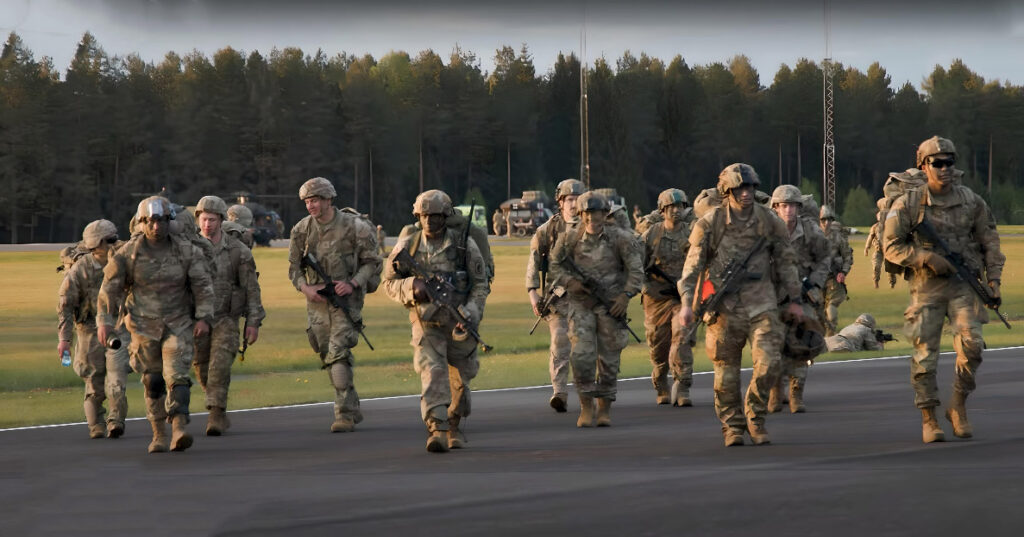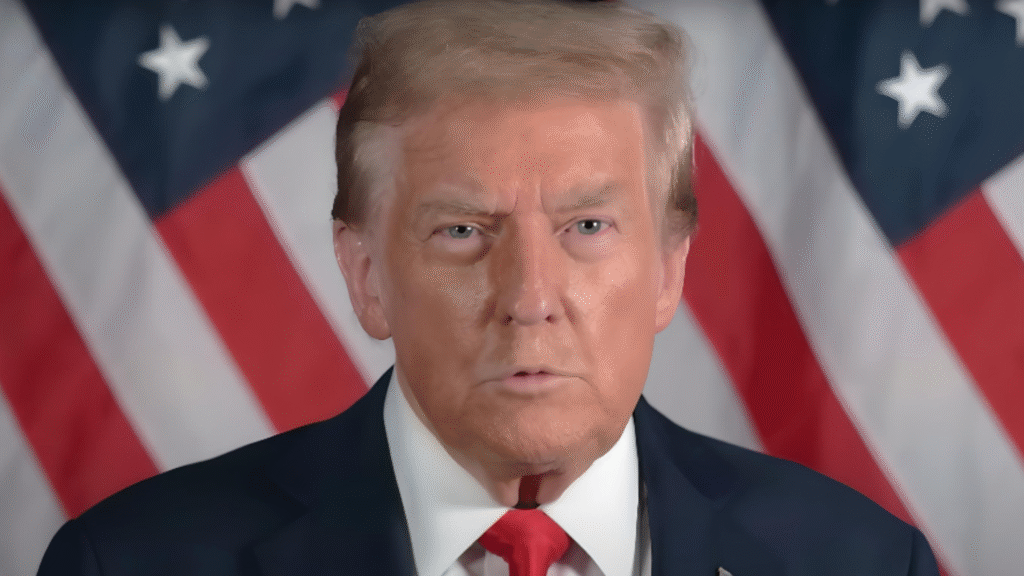Washington, July 14, 2025 — U.S. President Donald Trump has once again drawn international attention with a bold statement that could significantly impact the ongoing conflict in Eastern Europe. As ever, he shows no signs of backing down—and expects the same resolve from his allies.
Speaking at a press conference at the White House, Trump signaled that the 50-day period given for Russia to engage in peace talks with Ukraine is far from fixed. “It could happen much sooner,” he remarked, suggesting that the U.S. may escalate pressure on Moscow earlier than initially indicated if meaningful progress isn’t made.
The president made it clear that without movement at the negotiation table, Washington will apply its full economic weight. This includes imposing 100% tariffs on countries continuing to trade with Russia, alongside a new wave of sanctions. “This is a response to something that has gone on for far too long—and frankly, far too violently,” Trump stated.
A central point of the announcement was Europe’s role in backing Ukraine militarily. During his meeting with NATO Secretary General Mark Rutte, the two discussed new American arms shipments to Kyiv, including Patriot missile defense systems. However, Trump emphasized that the financial burden must fall on European nations. “America brings the technology and the know-how. Europe must invest in the outcome,” he said.
All of this fits into a broader strategy now taking shape in Washington, as international tensions continue to rise. The goal is not only economic pressure but also symbolic clarity: there is no more time for stalling.
Trump didn’t shy away from expressing personal frustration with the Russian president, recalling earlier attempts to establish pragmatic dialogue that, in his view, were ultimately undermined by Moscow. When asked about the possibility of a personal meeting with Putin to discuss the conflict, Trump responded cautiously: “We’ll see how things go.”
A notable element of Trump’s ultimatum includes so-called “secondary pressure” — economic penalties aimed at countries still buying Russian energy. China, India, and Brazil are already in focus, though none have publicly responded yet. Analysts warn that if Washington follows through with the promised tariffs, it could significantly reduce Russia’s budget revenues and trigger ripple effects across the global oil market.
Moscow’s reaction to Trump’s comments has been measured but firm. Kremlin spokesperson Dmitry Peskov stated that such rhetoric from Washington is “nothing new” and insisted that Russia is prepared for any pressure scenario. He also claimed that the country’s economy has adapted to sanctions, pointing to alternative shipping fleets used to circumvent restrictions.
Meanwhile, support for tougher actions is growing in the U.S. Congress. Senators Lindsey Graham and Richard Blumenthal are pushing a bill that would allow tariffs of up to 500% on nations cooperating with Russia. Graham, known for his hardline stance, called it a “hammer blow”—both literally and economically.
The international community is watching with growing unease. One side calls for a swift resolution to the conflict, while the other demands tight control over Moscow’s actions. In this context, Trump’s message appears to be an attempt to accelerate a resolution—even if it risks triggering significant consequences for the global economy.
Whether the ultimatum becomes a true lever of pressure or simply the next phase of confrontation remains to be seen. What is clear is that Washington wants results—and is prepared to act decisively if diplomacy hits another dead end.



